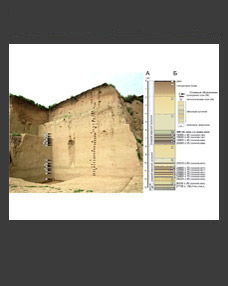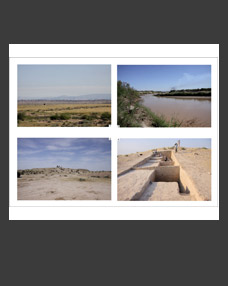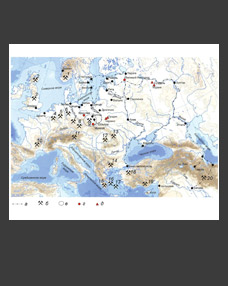Pavel V. Mandryka*, Polina О. Senotrusova**
Siberian Federal University, Krasnoyarsk, Russia
E-mail: * pmandryka@yandex.ru;
** polllina1987@rambler.ru
Keywords: Central Siberia, southern taiga, Lesosibirsk culture, burials, settlements, ceramics, economy.
The Lesosibirsk archaeological culture was formed in the southern taiga zone of Central Siberia in the early 2nd millennium AD. Its area covers the middle and lower reaches of the river Angara, the Yenisei valley along the Yenisei Ridge, as well as the Stony Tunguska headwaters. This culture is characterized with cremation burial ceremony on the side with a variety of accompanying inventory, emergence of fortified settlements, spread of ceramics with comb ornament, etc. Both imported and local products can be distinguished in the inventory, it is in their combination that its originality is expressed. The economic structure was of a complex nature, combining horse breeding, hunting, fishing, gathering, and ferrous metallurgy. The population maintained cultural ties with neighbouring areas and remote territories of Eurasia. Its bearers were actively included in the cultural and political processes developing in Northern Eurasia. This is indicated by the abundance of imported goods, coming not only from territories adjacent to the culture area, but also from Volga Bulgaria, Mongolia and China.
DOI: 10.7868/S0869606318020083







